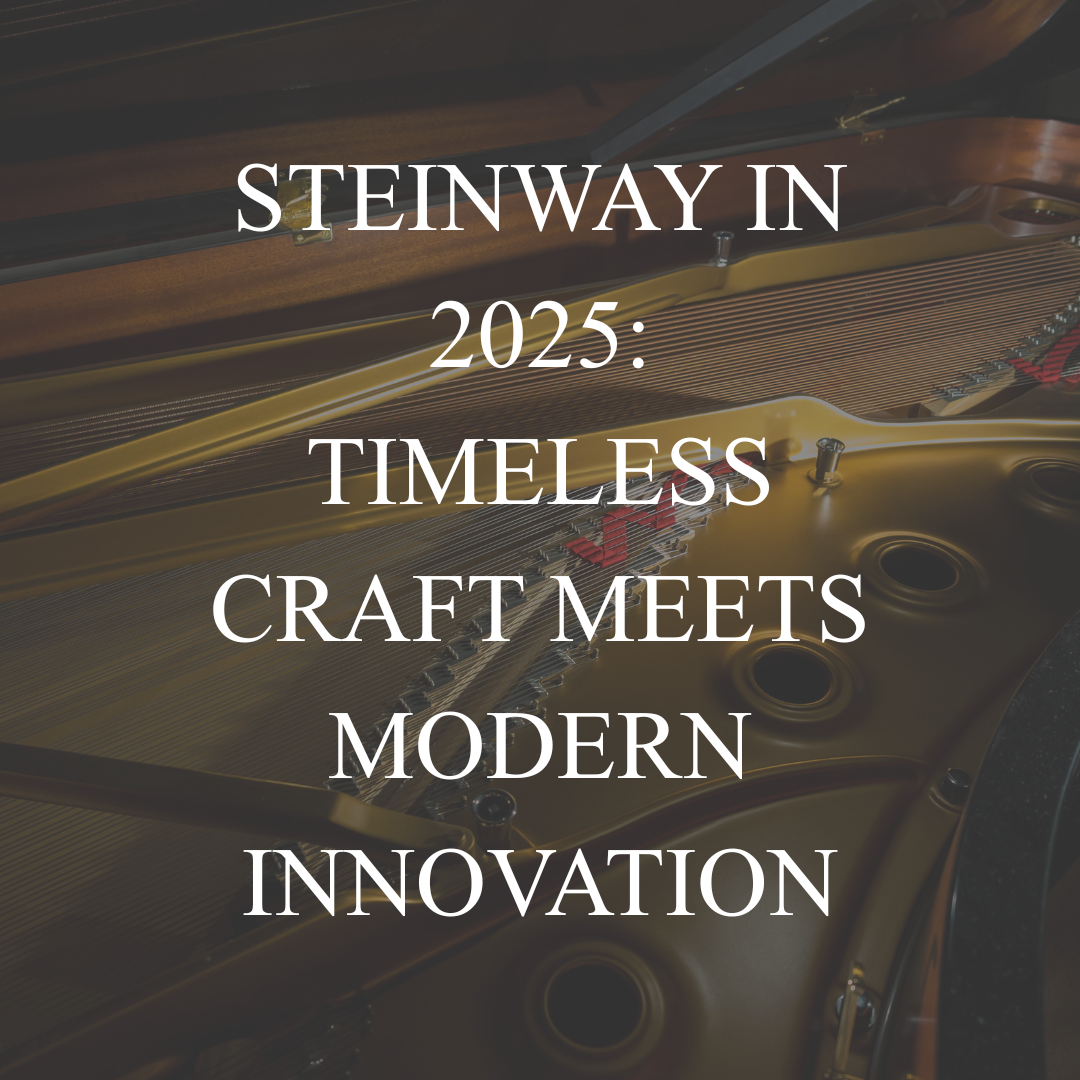
Now that we have addressed let off, drop, and repetition lever spring adjustment in our previous discussions, rounding out the four primary adjustments is the back-check.
The back check itself is a small wooden block covered with a small piece of felt, over which, a strip of leather is stretched. It is mounted to the back end of the key with a wire that provides easy adjustment.
Its purpose is to catch the hammer after striking the string, in a position of approximately 5/8 of an inch from the string. When the hammer is called upon to repeat in rapid succession, the hammer does not have to begin from its initial resting position, but instead can begin its abbreviated journey back to the string, in essence, taking a shortcut.
Therefore, grand pianos can repeat notes faster than uprights. For it to function properly, both the surface and condition of the leather and hammer tail must be correct.
Too smooth a tail and a repetition lever spring that is too tight, the hammer will get sent back to strike the string again. A “bobble”, a very undesirable and noticeable condition.
Working together, the hammer checking, correct repetition spring adjustment, along with a few other variables, work together to create a very responsive action. One that is a joy to play.
Comments will be approved before showing up.

Every four years, Warsaw becomes the luminous heart of the classical piano world. The International Chopin Competition is more than a contest — it’s a global ritual of artistry and endurance. For pianists, it is the Mount Everest of performance; for listeners, it is two weeks of breathtaking musical devotion.
But while the audience follows the fate of each pianist, another drama unfolds behind the music — a quieter rivalry that has nothing to do with interpretation or emotion, and everything to do with sound.
Because in Warsaw, the pianists are not the only ones competing. The pianos themselves are.

For more than a century, Steinway & Sons has defined what it means to build a truly exceptional piano. But in 2025, the brand isn’t just honoring tradition — it’s evolving. At Northwest Pianos, we continue to see how Steinway’s balance of craftsmanship and technology keeps it ahead of the curve in a fast-changing industry.

Over the last few years, acoustic pianos have held the prestige. But the tide is shifting. More musicians, educators, and beginners are turning to digital and hybrid models for their flexibility, technological perks, and lower maintenance demands. According to industry reports, the global piano market is now incorporating “smart integration” and “compact designs” as key drivers for growth. The Business Research Company+2PR Newswire+2